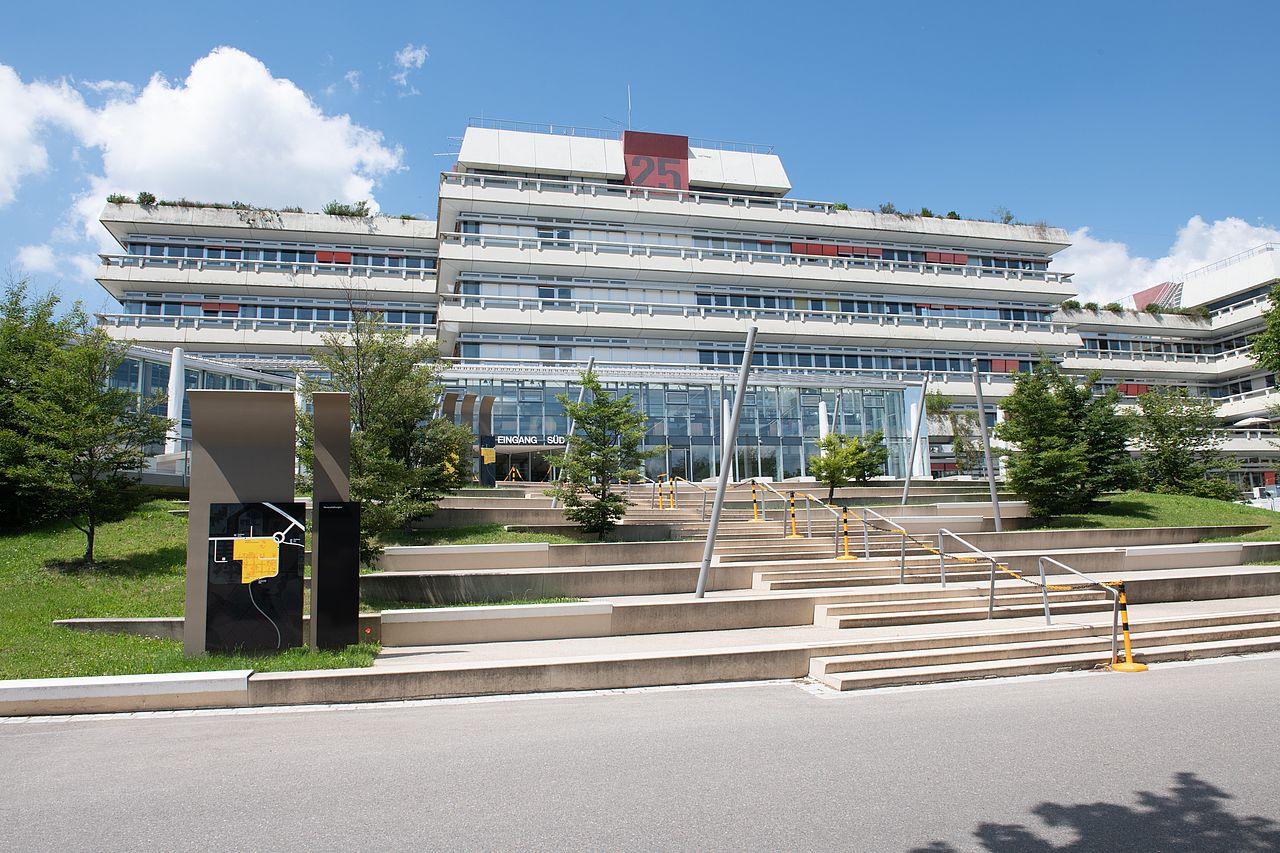Publication analysis shows influence worldwide
In 2023, six scientists from Ulm University are among the most cited and therefore most influential researchers worldwide. For the list of “Highly Cited Researchers” (HCR), the information provider Clarivate analyzes the researchers’ citation index. If the person belongs to the top percent in one of 20 research areas or in the area of multidisciplinary research, they will be included. The research topics of the Ulm HCR range from medicine to botany to quantum physics.
For its evaluation, Clarivate uses scientific publications from the past ten years and analyzes the independent and largest citation index “Web of Science”. The more frequently an author is cited in publications, the higher the citation index. The “Highly Cited Researchers” are among the top percent of most cited authors in their research field in each year: proof of the importance of their research.
The most cited Ulm scientists have been included in the evaluation for years – especially Dr. Dr. Kelly Del Tredici as part of the neuroscientist couple Del Tredici-Braak from the Clinical Neuroanatomy working group at the Ulm University Clinic for Neurology. The so-called Braak stages are used to classify the progression of neurodegenerative diseases.
There is also leukemia researcher Professor Hartmut Döhner, medical director of the University Clinic for Internal Medicine III, and expert on the most common blood cancers in adults. Professor Stephan Stilgenbauer, Medical Director of the Comprehensive Cancer Center Ulm (CCCU) at the Ulm University Hospital, also researches tumors and cancers.
The botanist Professor Steven Jansen (Institute for Systematic Botany and Ecology) researches water transport in plants and the effects of drought stress on crops.
The two quantum physicists Professor Fedor Jelezko (head of the Institute of Quantum Optics) and the head of the Institute of Theoretical Physics, Professor Martin Plenio, have established a new research field between quantum technology and biomedicine. They want to use artificial nanodiamonds to improve sensors and imaging processes such as MRI.
A total of 6,849 “Highly Cited Researchers” from more than 1,300 universities, research institutes and commercial organizations in 67 countries and regions were identified for 2023. Most HCR come from the USA (2669), followed by the PRC (1275) and Great Britain (574). Germany is in fourth place with 336 researchers. The evaluation is based on high-ranking scientific publications from the last decade that demonstrate the influence of researchers.
Further information: https://clarivate.com/highly-cited-researchers/

The “Highly Cited Researchers” of Ulm University Medicine (from left): Dr. Dr. Kelly Del Tredici, Prof. Hartmut Döhner and Prof. Stefan Stilgenbauer (Photo: David Ewert, Ulm, Elvira Eberhardt/Uni Ulm, Rüdiger Koop)

The biologist Prof. Steven Jansen and the physicists Prof. Fedor Jelezko and Prof. Martin Plenio from the Faculty of Natural Sciences at the University of Ulm are among the most cited scientists in the world (Photos: Elvira Eberhardt/Uni Ulm)
As a young research university, Ulm University is dedicated to global challenges of the present and future. The main research areas and strategic development areas include the topics “Energy conversion and storage”, “Quantum sciences and technologies”, “Transdisciplinary trauma sciences”, “Molecular mechanisms of aging” and “Data science and artificial intelligence” (www.uni-ulm.de /research). High third-party funding and numerous large collaborative projects such as special research areas and a cluster of excellence demonstrate the research strength of Ulm University, which is repeatedly confirmed in numerous renowned international rankings.
The University of Ulm is the driving force and center of the science city with non-university research institutions, maximum care clinics and technology companies. The location in the middle of an economically strong region offers excellent conditions for technology and knowledge transfer.

